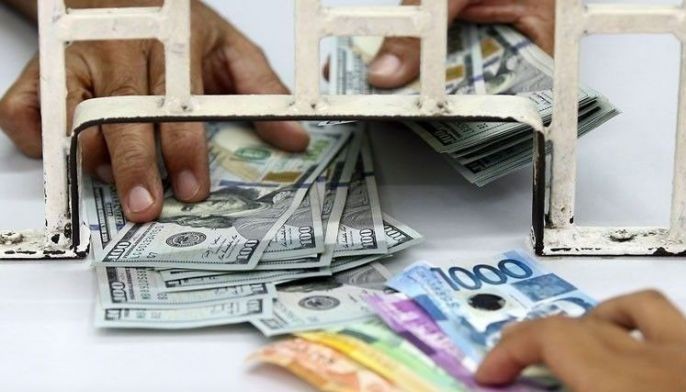MANILA, Philippines — Remittances from overseas Filipino workers (OFWs) may expand by five percent this year, higher than the projected 3.5-percent growth last year, helping trim the country’s widening current account deficit, according to Fitch Solutions.
In a report, the research arm of the Fitch Group said OFW remittances are expected to remain resilient this year despite expectations of a global economic downturn.
“Despite the increasing likelihood of a global economic downturn, we are expecting current transfers growth to accelerate slightly to five percent in 2023 from 3.5 percent in 2022 as re-mittance inflows tend to be countercyclical,” it said.
According to Fitch Solutions, OFW remittances have always been a huge contributing factor to the Philippines economy, accounting for an average of nearly 10 percent of gross domestic product (GDP) in the last decade.
“We also expect remittance inflows to remain resilient in 2023, which will provide support for the current account,” it said.
The projected growth in remittances is faster than the four percent target set by the Bangko Sentral ng Pilipinas (BSP) for this year.
Latest data from the central bank showed OFW remittances grew by more than three percent between January and October last year, lower than the four percent target set by the BSP.
Personal remittances – the sum of net compensation of employees, personal transfers and capital transfers between households – rose by 3.1 percent to $29.72 billion during the 10-month period from $28.81 billion in the same period in 2021.
Likewise, cash remittances coursed through banks grew by 3.1 percent to $26.74 billion from $25.93 billion.
Remittances remain one of the country’s major sources of dollars together with revenues from the business process outsourcing sector, tourism receipts, and earnings of exporters that help boost the gross international reserves (GIR).
The peso weakened by as much as 15.7 percent to close at an all-time low of 59 to $1 level several times in October, but has since bounced back at end 2022 to 55.755 to $1, or 9.3 per-cent weaker than the end 2021 level of 50.999 , after a series of aggressive rate hikes by the BSP and its intervention in the foreign exchange market to smoothen volatility.
Fitch Solutions expects the country’s current account shortfall narrowing to 4.7 percent of GDP this year from the projected 5.2 percent of GDP last year.
“Looking ahead, while we still expect the current account deficit to narrow due to lower commodity prices and resilient remittance inflows, weakening global demand and sustained high import of capital goods will keep the current account shortfall considerably larger compared to its historical five-year average of -0.5 percent (2017-2021),” Fitch Solutions said.
Based on its estimates, the Philippines booked a current account deficit of 4.5 percent of GDP between January and September last year.
The current account consists of transactions in goods, services, primary income and secondary income. This account measures the net transfer of real resources between the domestic economy and the rest of the world. A deficit occurs when a country spends more on imports than it receives on exports.
Fitch Solutions expects the growth of Philippines’ export income to slow to five percent this year from about six percent last year as the economic recovery in mainland China is unlikely to offset a broader slowdown in global demand.
It now expects a slower global GDP growth of 1.9 percent this year from about 3.1 percent last year due to the lagged effects of tightening global monetary conditions across the world.
“In particular, we expect the US, which is the Philippines’ largest trade partner, to enter a mild recession in 2023, which would bode poorly for Philippine exports. Shipments to the US accounted for roughly 15.4 percent of Philippine exports in 2021,” it said.
Although the real GDP growth in China, the country’s second largest export destination, may accelerate to five percent from an estimated 3.3 percent, the recovery remains bumpy due to uncertainties around the COVID-19 situation.
Fitch Solutions also expects import growth to slow substantially to 4.5 percent this year from 20.4 percent last year as commodity prices have come down significantly from its peak in June last year.
Likewise, it expects the lack of investments from foreign companies may indirectly act as a drag on Philippine imports.
“First, a greater-than-anticipated global economic downturn could weigh heavily on Philippine exports. Second, the Russia-Ukraine war has yet to come to a resolution, which may cause further upside volatility to commodity prices, subsequently leading to a larger import bill,” Fitch Solutions said.


